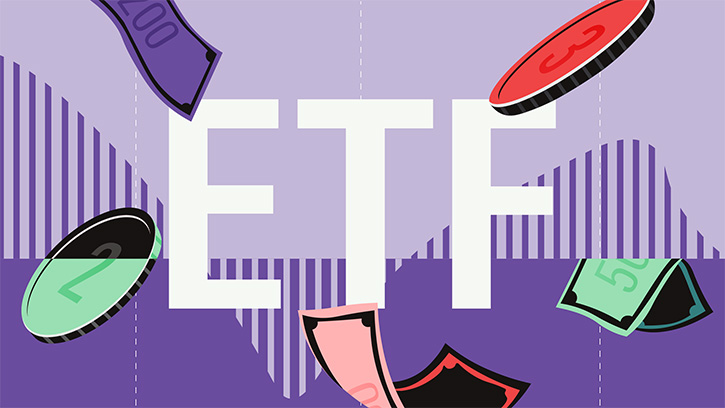Sunniva Kolostyak: Welcome to Morningstar. The research team has released a new report on ETFs. Joining me today is Monika Calay from the passive research team to talk more about it. Monika, thank you for being here.
The report is about strategic beta ETPs. What is that and why would anyone invest in this type of product?
Monika Calay: Sure. So, let's break it down. Strategic beta funds, or smart beta as some folks like to call them, they're kind of a mix of active and passive approaches. So, they operate by following certain indexes that place active bets against market cap weighted benchmarks. That's their playbook. But here's the kicker. Unlike traditional active funds, these strategic beta funds don't get to change their playbook mid-game. So, no matter what the market throws at them, they are going to be tracking the index. In that sense, they're more like passive funds.
Now, you might ask, why go with this kind of strategy? Well, it's actually a sweet spot for investors who would like a bit of both worlds, active and passive investing. On one hand, they're hoping to beat market cap benchmarks. And on the other hand, they also may feel comfortable with this rules-based approach that will minimise the kinds of risks that active funds are prone to, such as key person risk, active manager risk. So, as with any rules-based strategy, there is less room for human slip-ups.
Kolostyak: So, the report that you've written is all about the growth of this market. How has this space evolved? How popular has this type of product become?
Calay: Sure. So, we've been diving deep in our latest report, where we focused on the global landscape of strategic beta ETPs, but through a regional lens. So, it's kind of interesting; strategic beta funds have gained traction in the US, but if you glance over at Europe, the picture is different. In Europe, these funds represent around 6.8% of total ETP assets, which is a drop in the bucket compared to the US where they represent around 20% of market share. So, European investors have different preferences for these types of products, and they haven't really jumped on board as quickly. But it seems like the European market has kind of matured, and I think also asset managers have shifted their focus to other areas, such as thematics or ESG.
Another thing that caught our eye was a significant drop in new launches. So, can you believe that only four strategic beta ETPs were launched in Europe last year? That's a stark difference compared to the boom times. For example, in 2017, around 80 strategic beta funds saw the light of day.
Kolostyak: Wow. So, then, you compared this year to last year. Can you tell me more about what was popular last year, and if you've seen the change this year as well?
Calay: Sure. So, it's kind of been a bit of a flip-flop over the past year-and-a-half. Do you remember how quality stocks were out of favor in 2022? Well, they've kind of made a comeback in 2023. So, companies like Microsoft, Meta, NVIDIA, Alphabet, Tesla, those are some of the largest constituents among our Morningstar Global Quality Factor indices. Well, they have all made significant gains in 2023 after a tough 2022 due to the rising interest rate environment as well as high valuations. Now, in 2022, markets were volatile, so risk-reducing strategies, things like low volatility funds, were in favor. But in 2023, they've had a sluggish start so far, and that's because of their lighter exposure to technology and higher exposure to financials. So, it's a constantly shifting landscape.
Kolostyak: Also, last thing I'm wondering is just around the complexity of it, because it sounds quite difficult to understand if you're new to this area. So for, I guess, the average retail investor, is this too complex to go into?
Calay: We always encourage investors to select products that they are comfortable with, so that they understand the risk and reward profile of that product. And market capitalisation is a great starting point for most investors. And for some investors, it's not only going to be their starting point, but also their ending point. But some investors may want to tilt their portfolio towards particular factors, and those investors need to be aware that factors are constantly in flux, and this cyclicality is a feature of the product rather than a bug. And so, if you're thinking about going into this kind of strategy, you really have to think about playing the long game, think about the bigger picture, the long haul, because success in this field is measured in decades rather than in years.
Kolostyak: Monika, thank you very much for joining me today. For Morningstar, I'm Sunniva Kolostyak.



























